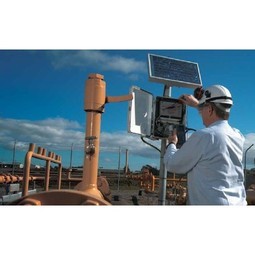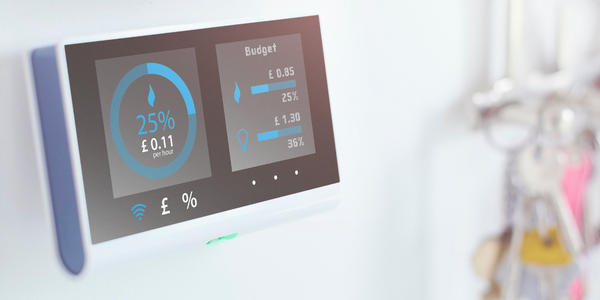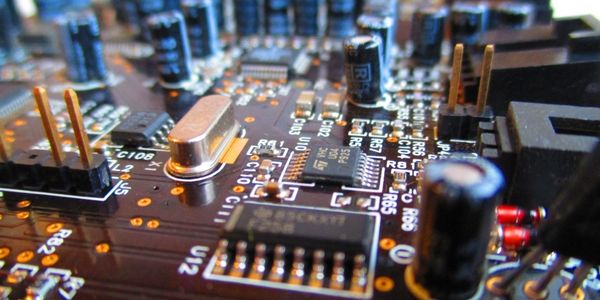技术
- 平台即服务 (PaaS) - 应用开发平台
适用行业
- 电子产品
- 公用事业
适用功能
- 产品研发
用例
- 施工管理
- 时间敏感网络
服务
- 系统集成
关于客户
Engineered Systems Incorporated (ESI) 是一家加拿大小型公司,致力于设计、原型制作和制造专业集成电子系统。世界上一些最具创新性的小公司和最大的蓝筹客户使用这些系统来支持他们的解决方案。 ESI 的产品应用广泛,从在碰撞中触发汽车安全气囊,到需要更换高科技猫砂盆时发出通知。尽管规模庞大,ESI 仍成功与大型工程公司竞争,并赢得了 Co-Generation Systems Inc.、Ontario Public Works & Utilities、General Motors、Advantage Engineering 等公司的业务。
挑战
Engineered Systems Incorporated (ESI) 是一家加拿大小型公司,为小型创新公司和大型蓝筹客户设计、原型制作和制造专业集成电子系统。然而,为了与大型工程公司竞争并赢得 Co-Generation Systems Inc.、Ontario Public Works & Utilities、General Motors、Advantage Engineering 等公司的业务,ESI 需要一款经济高效且易于使用的技术设计软件。可以无缝集成到许多其他应用程序中。该软件需要提供完整的设计解决方案,可以将产品从最初的概念带到生产。我们面临的挑战是找到一种解决方案,通过节省时间和成本的效率,使 ESI 能够与大公司成功竞争。
解决方案
ESI 总裁兼首席技术官 Michael Levesque 选择了 Corel DESIGNER,这是他在大学时首次使用的软件。 Corel DESIGNER 易于使用,并提供了直观地传达每个项目的机电模型所需的细节和准确性。该软件使 ESI 能够创建真正的比例模型,这对于该公司至关重要,因为该公司正在创建距离生产仅几步之遥的文档。这些模型可以导入 EDS SolidEdge 和 IVEX WinBoard Designer,从而改进内部工作流程并节省大量时间。 Corel DESIGNER 还支持 ESI 的项目管理流程,提供了一个完全集成的系统,可以跟踪工时并提供所有已完成工作的准确日志。这在项目的签核、计费和完成阶段特别有用。
运营影响
数量效益

Case Study missing?
Start adding your own!
Register with your work email and create a new case study profile for your business.
相关案例.

Case Study
IoT Solutions for Smart City | Internet of Things Case Study
There were several challenges faced: It is challenging to build an appliance that can withstand a wide range of voltage fluctuations from as low at 90v to as high as 320v. Since the device would be installed in remote locations, its resilience was of paramount importance. The device would have to deal with poor network coverage and have the ability to store and re-transmit data if networks were not available, which is often the case in rural India. The device could store up to 30 days of data.

Case Study
Remote Temperature Monitoring of Perishable Goods Saves Money
RMONI was facing temperature monitoring challenges in a cold chain business. A cold chain must be established and maintained to ensure goods have been properly refrigerated during every step of the process, making temperature monitoring a critical business function. Manual registration practice can be very costly, labor intensive and prone to mistakes.

Case Study
Automation of the Oguz-Gabala-Baku water pipeline, Azerbaijan
The Oguz-Gabala-Baku water pipeline project dates back to plans from the 1970’s. Baku’s growth was historically driven by the booming oil industry and required the import of drinking water from outside of the city. Before the construction of the pipeline, some 60 percent of the city’s households received water for only a few hours daily. After completion of the project, 75 percent of the two million Baku residents are now served around the clock with potable water, based on World Health Organization (WHO) standards. The 262-kilometer pipeline requires no pumping station, but uses the altitude differences between the Caucasian mountains and the capital to supply 432,000 m³/d to the Ceyranbatan water reservoir. To the people of Baku, the pipeline is “the most important project not only in 2010, but of the last 20 years.”

Case Study
GPRS Mobile Network for Smart Metering
Around the world, the electricity supply industry is turning to ‘smart’ meters to lower costs, reduce emissions and improve the management of customer supplies. Smart meters collect detailed consumption information and using this feedback consumers can better understand their energy usage which in turn enables them to modify their consumption to save money and help to cut carbon emissions. A smart meter can be defined in many ways, but generally includes an element of two-way communication between the household meter and the utility provider to efficiently collect detailed energy usage data. Some implementations include consumer feedback beyond the energy bill to include online web data, SMS text messages or an information display in consumers’ premises. Providing a cost-effective, reliable communications mechanism is one of the most challenging aspects of a smart meter implementation. In New Zealand, the utilities have embraced smart metering and designed cost effective ways for it to be implemented. The New Zealand government has encouraged such a move to smart metering by ensuring the energy legislation is consistent with the delivery of benefits to the consumer while allowing innovation in this area. On the ground, AMS is a leader in the deployment of smart metering and associated services. Several of New Zealand’s energy retailers were looking for smart metering services for their residential and small business customers which will eventually account for over 500,000 meters when the multi-year national deployment program is concluded. To respond to these requirements, AMS needed to put together a solution that included data communications between each meter and the central data collection point and the solution proposed by Vodafone satisfied that requirement.

Case Study
NB-IoT connected smart meters to improve gas metering in Shenzhen
Shenzhen Gas has a large fleet of existing gas meters, which are installed in a variety of hard to reach locations, such as indoors and underground, meaning that existing communications networks have struggled to maintain connectivity with all meters. The meter success rate is low, data transmissions are so far unstable and power consumption is too high. Against this background, Shenzhen Gas, China Telecom, Huawei, and Goldcard have jointly trialed NB-IoT gas meters to try and solve some of the challenges that the industry faces with today’s smart gas meters.








